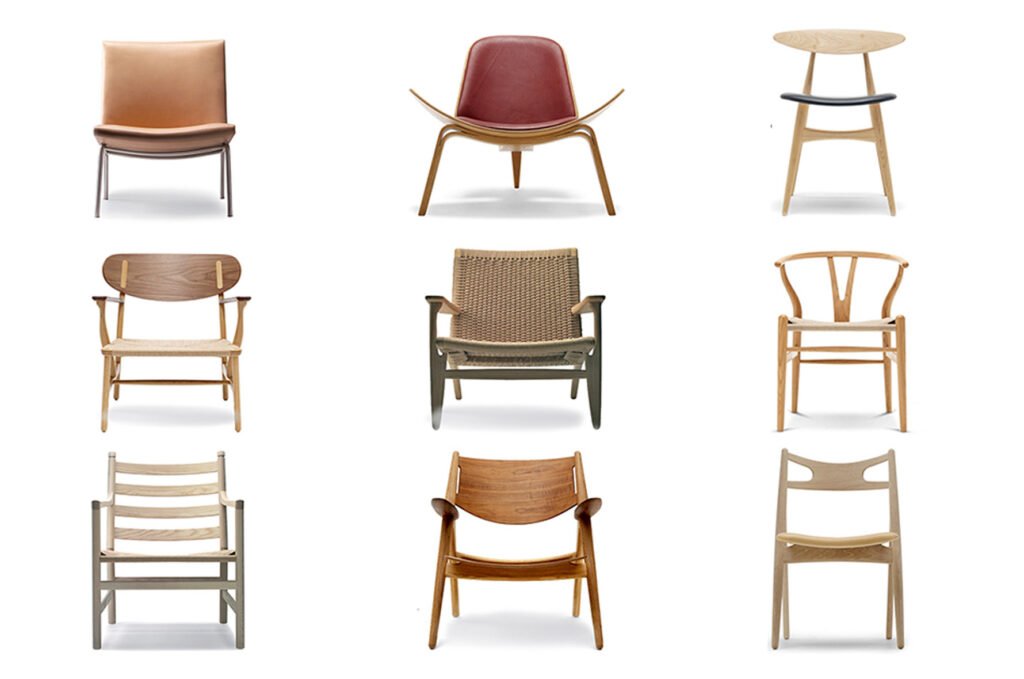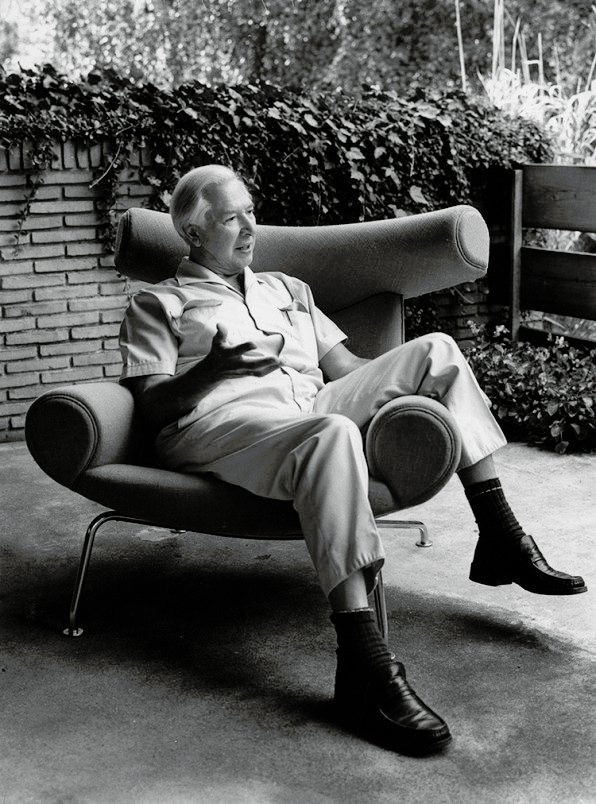
Hans Jørgensen Wegner, a name synonymous with elegance, functionality, and timeless design, is hailed as one of the most influential furniture designers of the 20th century. Born in 1914 in Tønder, Denmark, Wegner’s prolific career spanned several decades, during which he produced an array of iconic furniture pieces that continue to inspire and adorn homes and spaces worldwide. In this article, we explore the life, work, and lasting impact of Hans Wegner on the world of design.
The Early Years and Education
Hans Wegner’s journey into the world of design began with a childhood fascination with handcraftsmanship. He later pursued formal education at the Danish School of Arts and Crafts in Copenhagen, where he honed his skills as a cabinetmaker. This foundation in craftsmanship would become a hallmark of Wegner’s work, as he possessed an intimate understanding of materials and techniques.
“A chair is to have no backside. It should be beautiful from all sides and angles” Hans Wegner
The Collaborative Spirit
Wegner was known not only for his exceptional talent but also for his collaborative spirit. He worked with several Danish furniture manufacturers, including Carl Hansen & Søn, Fritz Hansen, and PP Møbler. These partnerships allowed him to translate his designs into reality and reach a wider audience.

Key Characteristics of Wegner’s Designs
- Organic Simplicity: Wegner’s designs are characterized by their organic simplicity. He believed that a chair should have no backside, a principle exemplified in his iconic Shell Chair. The use of natural materials and flowing lines in his designs created a harmonious and inviting aesthetic.
- Exceptional Craftsmanship: Wegner was a perfectionist when it came to craftsmanship. He insisted on using the finest materials, including solid wood and leather, and his attention to detail was unparalleled. This commitment to quality ensured that his pieces were not only beautiful but also built to last.
- Functionality and Comfort: Wegner believed that furniture should be functional and comfortable above all else. His designs, such as the Wishbone Chair and the Papa Bear Chair, showcase his dedication to creating furniture that is both visually pleasing and ergonomic.
- Iconic Pieces by Hans Wegner
- Wishbone Chair (CH24): Perhaps one of Wegner’s most recognizable designs, the Wishbone Chair features a distinctive Y-shaped backrest. Its combination of form and function has made it a staple in both modern and classic interior design.
- Papa Bear Chair (AP19): This cozy armchair, also known as the Teddy Bear Chair, is a symbol of comfort and luxury. Its plush upholstery and embracing design invite relaxation.
- Shell Chair (CH07): The Shell Chair is an embodiment of Wegner’s philosophy of simplicity. Its three-legged design and curvaceous seat create a sense of lightness and elegance.
Legacy and Influence
Hans Wegner’s influence on contemporary design is immeasurable. His commitment to organic simplicity, functionality, and craftsmanship has left an indelible mark on the world of furniture design. Today, his creations continue to be sought after by collectors and interior designers alike.
Hans Wegner’s legacy as a design visionary and master craftsman is celebrated worldwide. His ability to infuse beauty, functionality, and comfort into his designs is a testament to his enduring appeal. As we continue to admire and use his iconic pieces in our homes and public spaces, Hans Wegner’s contributions to the world of design remain as relevant and inspirational as ever.



